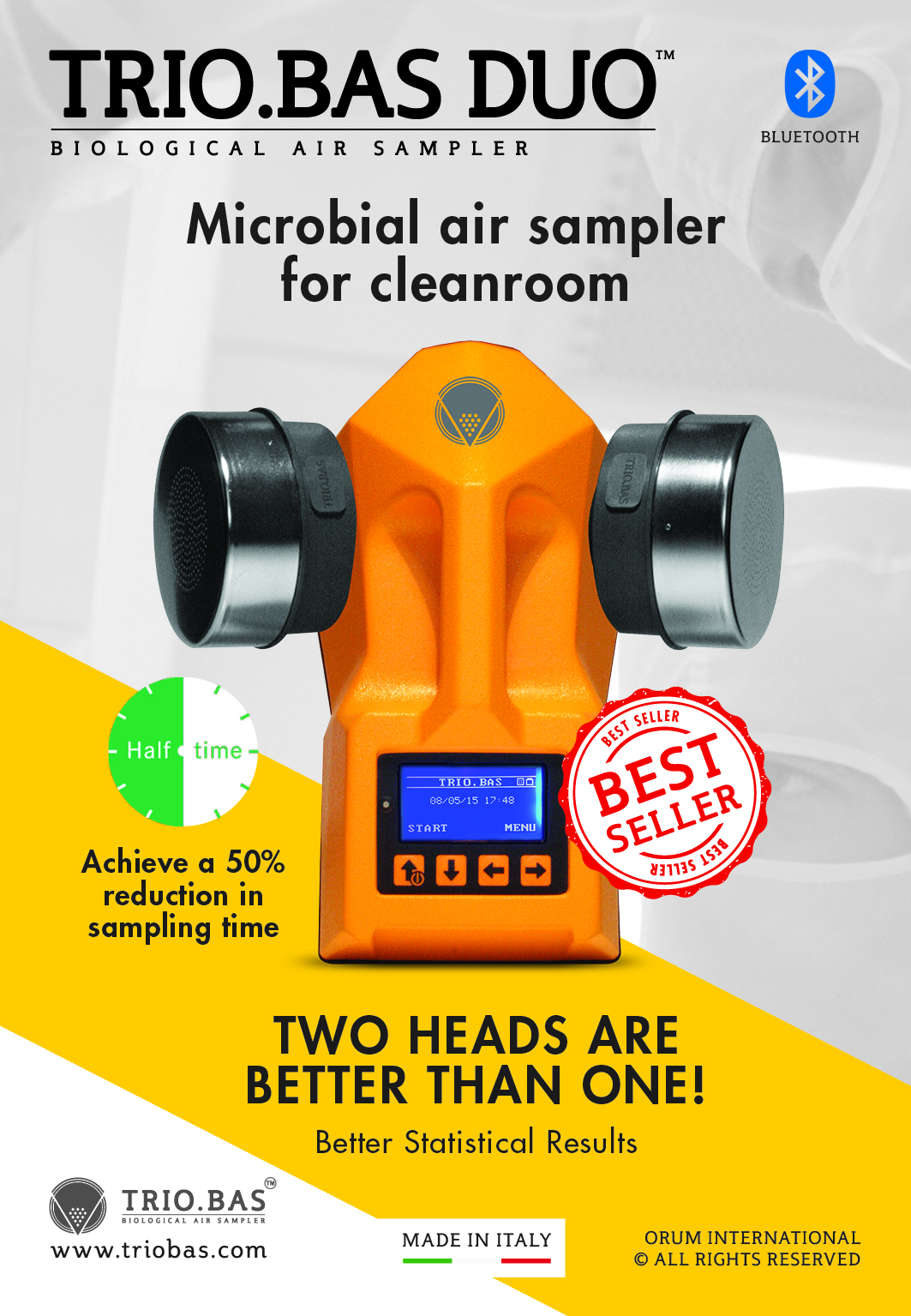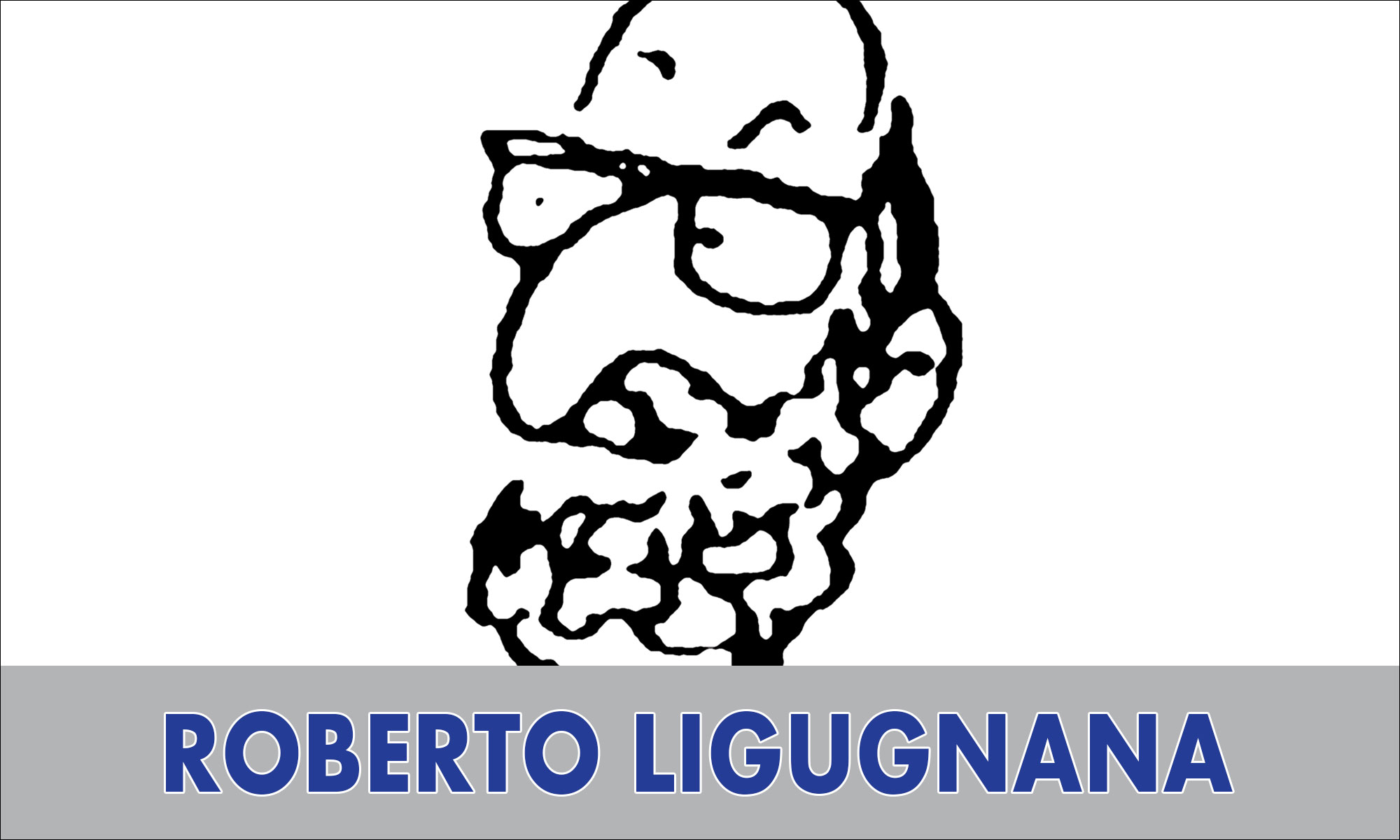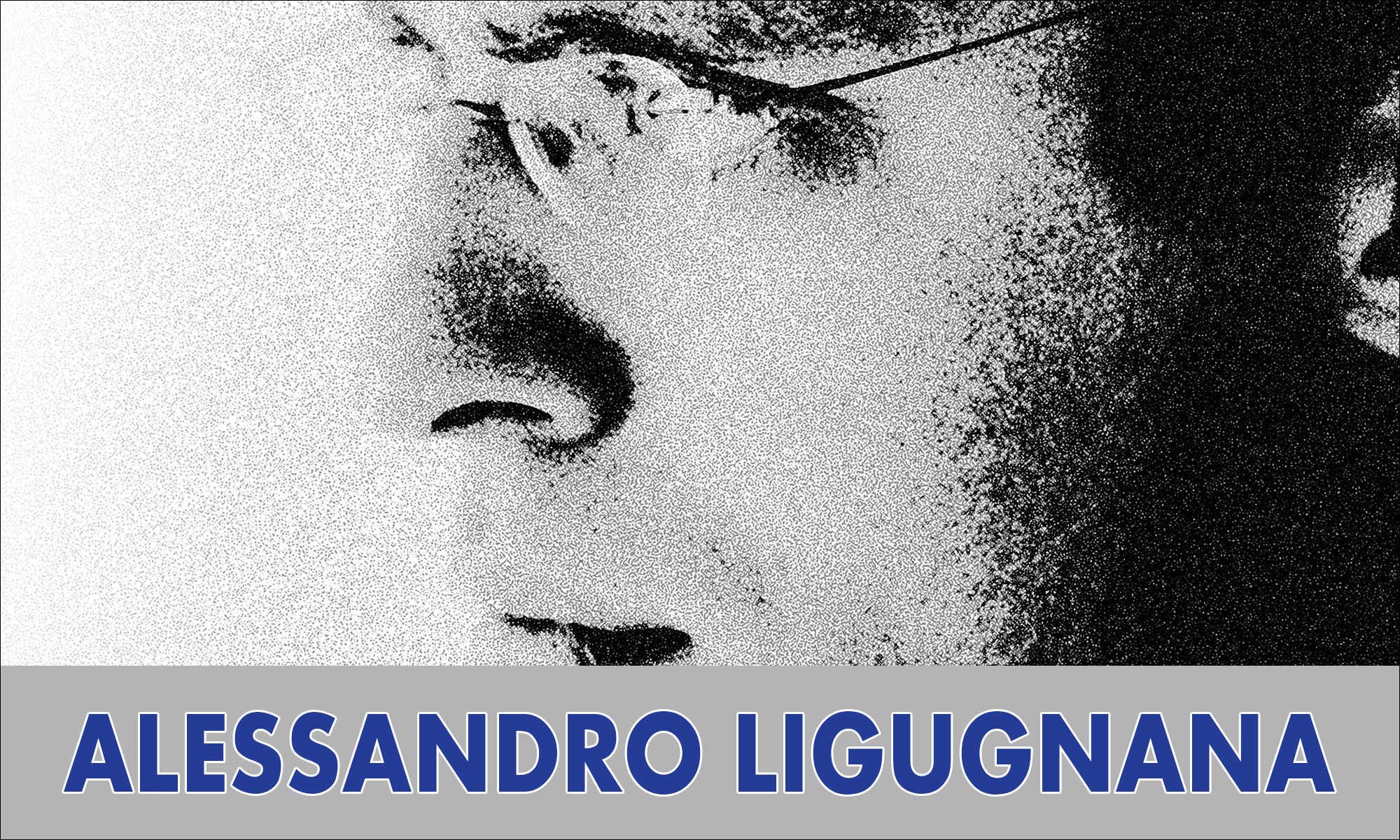Virus Cryopreservation
Freezing a viral suspension often results in a decrease in viability and titer. For cell-associated pathogens, such as Chlamydia and Rickettsia, as the suspension is cooled below the freezing point, ice crystals begin to form and the concentration of solutes in the suspension increases resulting in damage of host cell structures.
This can be minimized if water within the cells is allowed to escape by osmosis during the cooling process; a slow cooling rate, generally -1˚C to -10˚C per minute, facilitates this progression. However, as host cells lose water, they shrink in size and will quickly lose viability if they surpass a minimum threshold volume.
The addition of cryo-protectant agents, such as glycerol or dimethylsulfoxide (DMSO), will mitigate these effects.
The viability of viruses that are not cell-associated is best maintained by rapid freezing. In this method, samples are quickly frozen in a dry ice slurry and stored in liquid nitrogen vapor or within a mechanical freezer at -80°C.
Overall, there are numerous factors that can affect the viability of recovered viruses. These critical parameters can include the composition of the cryo-protectant and the viral titer. For cell-associated viruses, obtain optimal cell viability upon recovery by modifying the cryopreservation procedure for each viral strain.
Contact ATCC for more information on the cryopreservation of viral strains.
Freeze Medium
Glycerol and DMSO are the most common cryo-protectant agents. To preserve viral strains, ATCC commonly uses a mixture of FBS and DMSO or glycerol. When employing these cryo-protectants, use only reagent grade DMSO or glycerol. Store both in aliquots protected from light. ATCC offers DMSO (ATCCR No. 4-X) that has been thoroughly tested for use.
Font: ATCC Virology Guide.

















